In 1872, the notion that the U.S. government would set aside more than 2 million acres of the public domain for preservation — not settlement or private ownership — was unheard of.
“We didn’t have a very good track record of resource conservation in the country. It was basically non-existent,” Yellowstone National Park Superintendent Cam Sholly said. “We had no real concept of what it meant to manage an ecosystem. We had no laws or regulations to help us protect critical resources against major impacts of westward expansion.”
And yet, an expedition team had returned from the Rocky Mountains with photographs, paintings and tales depicting a remarkable place. A landscape where geysers spouted fountains of water and jewel-toned mineral pools dotted the earth, where immense canyons yawned and creatures like buffalo resided in great numbers.
And on March 1, 1872, President Ulysses S. Grant signed the Yellowstone National Park Protection Act into law, creating the world’s first national park.
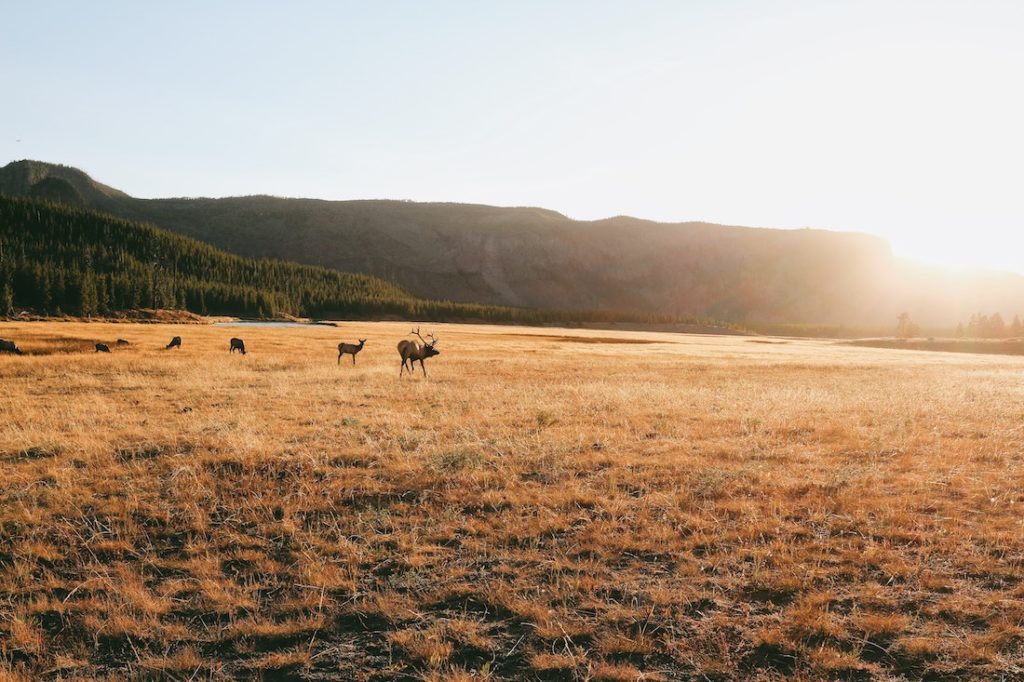
“Keep in mind that at the time of the passing … not a single member of Congress had actually been here,” Sholly said. “And so it’s even more remarkable that a landmark congressional action like this would have been taken largely based on paintings and reports from the expedition.”
In the 150 years since, Yellowstone’s trajectory has traversed disastrous conservation choices and landmark ecologic lessons. The park has played an outsized role in Wyoming’s economy, endured devastating wildfire and drawn increasing traffic as one of America’s most iconic destinations. It also holds significance for many Indigenous peoples, who hunted, gathered and used thermal waters for many centuries before the park designation.
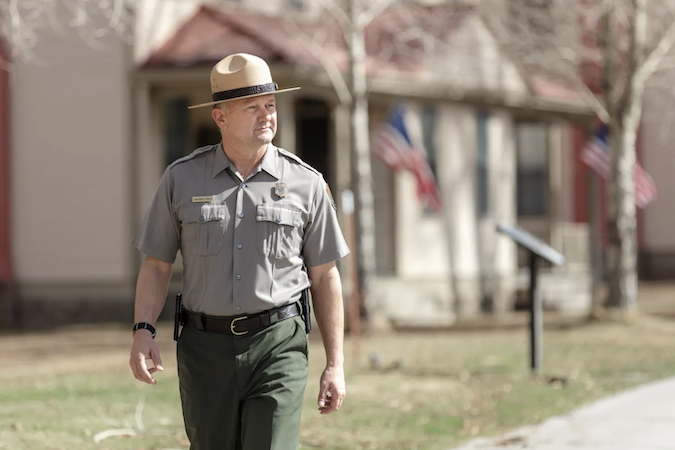 Yellowstone National Park Superintendent Cam Sholly. (Yellowstone National Park/Jacob W. Frank)
Yellowstone National Park Superintendent Cam Sholly. (Yellowstone National Park/Jacob W. Frank)
Yellowstone will celebrate its sesquicentennial anniversary in 2022, starting today, March 1, with a spate of commemorative events.
Sholly sat down with WyoFile to talk about Yellowstone’s history and present-day challenges and reflect on the anniversary. Below is the conversation, edited for clarity and length.
WyoFile: Yellowstone is so familiar to Wyoming that we might take it for granted. Can you talk a little bit about the park’s significance to history, to conservation and to the rest of the world?
Cam Sholly: Yellowstone is an American icon and it’s a global icon. It’s obviously got probably the richest diversity of natural geologic and cultural resources anywhere in the world as far as in a concentrated area. I think that it’s so important to this country not only for all the resources that millions of people come to enjoy every year, but it’s symbolic beyond that.
If you look at the history of this park, just 100 years ago we killed all the wolves, we killed almost all the predators in the park. We wiped out the bison population from tens of thousands down to less than 25 animals. Even 50 years ago, we were feeding grizzly bears from garbage dumps. So we’ve got some great successes over the last 150 years and we’ve got some pretty major mistakes that I think, I hope, we’ve learned from.
I think some of the mistakes that we made in Yellowstone helped move us into a different realm in relation to how we look at wildlife conservation and the value of having all the pieces of the ecosystem put together, and the need for that.
We’ve come a long way. We’ve got a long way to go. But our goal is to continue to keep Yellowstone in as good or better condition for the future.
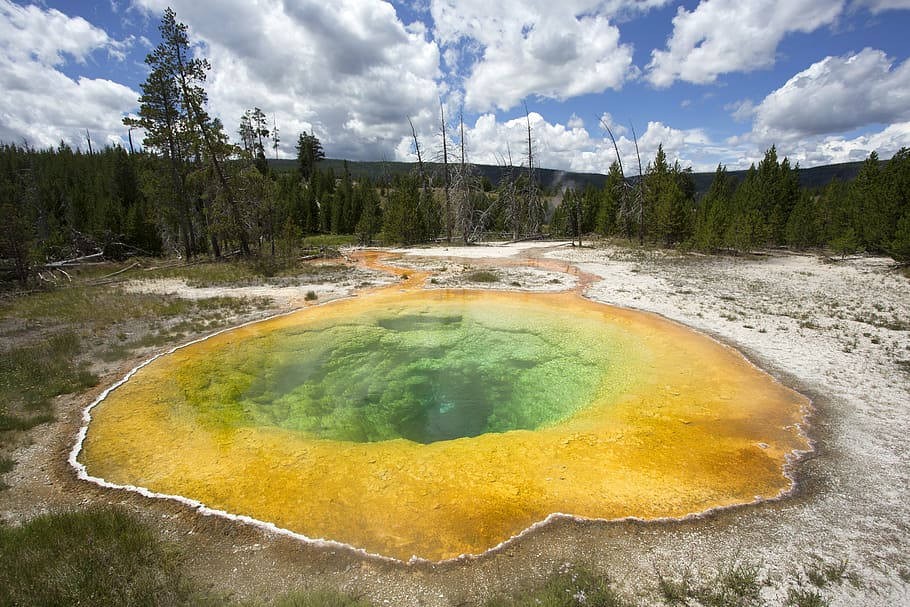
WF: In looking back at these conservation issues, what do you consider to be the biggest challenges ahead?
CS: I think bison restoration and the wolf reintroduction are probably two of the most important wildlife conservation restoration efforts in the history of the country in many ways. Another for Yellowstone, the cutthroat trout is a keystone species that we almost lost in the 2000s. That was because of a likely human introduction of non-native lake trout in Yellowstone Lake that almost wiped out the entire cutthroat population.
And I think it’s a good example of, even though we think we’ve progressed and advanced, that we need to be paying attention. We need to understand the need for better predictive abilities in what types of actions, be it climate change or human interference, can disturb or disrupt major elements of this ecosystem.
With lake trout, we started seeing lake trout back in the ‘80s in small numbers, and then we started seeing more in the ‘90s. And we started taking some actions, we thought we were doing a good job. And we then realized that we weren’t being nearly as effective as we needed to be and had to resort to very, very aggressive, expensive, non-traditional methods of eradicating lake trout to save cutthroat.
We’ve got some of the best wildlife biologists and resource managers and employees in general in this park using science and data and information to understand what is happening in real time. What are the impacts of climate change or other factors on the ecosystem? What are the actions that we can take to prevent or mitigate negative consequences? Those are all things we need to work on moving forward.
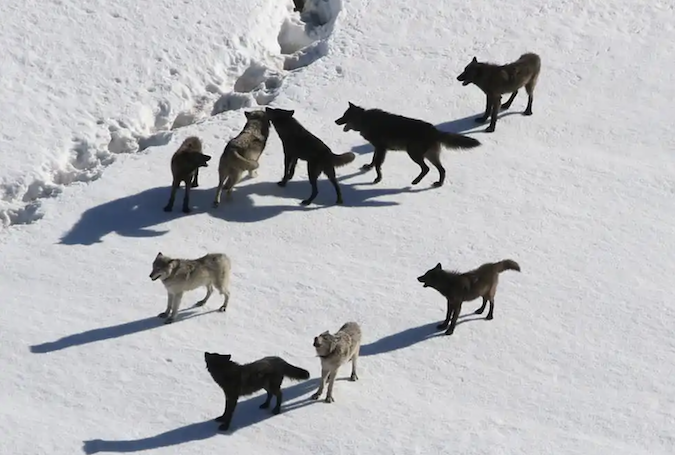
The Gibbon wolf pack was photographed by Yellowstone National Park biologist Doug Smith who has spent 20 years studying the animals there. (Yellowstone National Park)
The park has announced tribal partnerships on initiatives that range from the recent transfer of buffalo to the Fort Peck Reservation to participation in anniversary events. Can you talk about those initiatives?
CS: First of all, we’ve had good partnerships and collaboration with tribes for a long time in this park. But I think it’s really important that we’re looking at the 150th not just through the lens of Yellowstone as a park … but understand and remember and acknowledge the fact that so many tribes were in and around this area for thousands and thousands of years prior to Yellowstone National Park, and using [the anniversary] as a point in time to determine how we can collaborate better in the future.
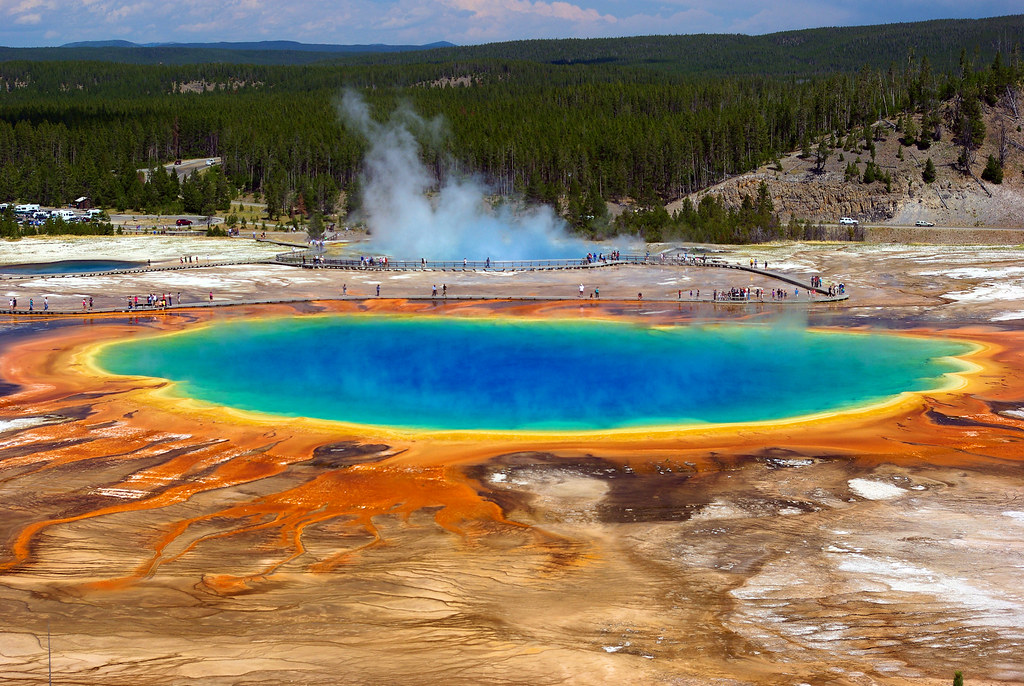
We have a building in one of the busiest areas in the park that we are converting into a Yellowstone Tribal Heritage Center this year. Any tribes that want to cycle through will be able to display their art, their culture and history. They’ll be able to engage directly with the public.
What we’ve tried to do as stewards and protectors of Yellowstone is to make sure that we’re telling the right story. So we’ve asked all the tribes, ‘what are we doing right? What are we not doing right? What are we missing?’ But there’s no substitute for tribal members themselves talking to and educating the public about what the tribes did here before Yellowstone was a park. We think that’s really important. And what we want to do is test the waters with that this year and maybe make that something permanent into the future.
WF: Are there other notable projects coming down the pike?
CS: We’ve got a convergence of a lot of great work that’s been done over past years that’s coming into play in 2022. We’re doing a ribbon cutting on Dunraven Pass, which has been closed for the last two years, a $30 million project. We’ll be groundbreaking on the largest historic preservation project in the entire country with the rehabilitation at Fort Yellowstone that’ll be starting in spring. We’re unveiling the first 40 new employee housing units that are recently completed and will be moved into for the first time.
WF: One thing we’ve talked about is how the park needs to maintain if not grow staff and infrastructure in order to meet the growing visitation demands. Can you talk about the employee housing project and how that fits into this situation?

CS: Well, it takes people to manage people. And we want the best of the best to work here in Yellowstone. When you look at the housing markets right now, last time I looked there was one house in Gardiner for sale for 640 [thousand dollars]. There’s not one single rental available in Gardiner. West Yellowstone is largely the same. It doesn’t get any better when you get into Bozeman or Livingston. So the strategy of moving further out is quickly becoming a bad strategy. And you need people in the park. We need the right staffing levels to manage the visitation levels effectively. But [employees] have to have comfortable places to live.
So the first goal we have in this strategy was to get rid of 64 1960s and ‘70s trailers that employees have been living in — some of the worst housing I’ve ever seen. And we’ve had good support from Washington and the park service in getting those trailers replaced, plus some additional units. And so we’ve made really good, successful efforts.
If you just take Mammoth here, where I am, we have a large percentage of employees here that bought houses in Gardiner in the ‘90s and the early 2000s when housing was really affordable, and they’re going to be retiring in the next three to five years. A lot of them already have. And the issue with that is for the replacements, there’s no housing.
So even to keep our existing staffing levels, we’re going to need more housing capacity. That’s just just a matter of math. Let alone start throwing in increasing visitation and what additional staffing needs do you have?
Something’s gonna need to give. Either visitation is going to need to go down, which is not likely, or you’ve gotta keep pace with the staff-to-workload ratio. It’s got to be in balance, and I think it’s already a little bit out of balance.
WF: In terms of visitation, is the park contemplating any new visitor management strategies this year?
We did the first driverless electric vehicle shuttles this past year. It worked really well. And I think there’s especially in these highly populated areas where we already have good parking capacity … you could see very easily where the right shuttle system could work. So we’re doing a shuttle feasibility study in the Old Faithful to Midway Geyser corridor. We’re looking at some reconfigurations of parking.

Crews demolish a building at Yellowstone National Park’s Young Adult Conservation Corps Camp as part of a project to replace outdated employee housing. (Yellowstone National Park/Flickr)
And we’re probably going to end up ultimately going to a timed entry or reservation system. Micro-geographically initially, not park-wide. Because there’s lot of people in concentrated areas, especially in July and August … but then there are [not-so busy] areas. I could have a mile backup at the west entrance of cars waiting to get into the park, and have no cars in line at the east entrance or northeast entrance.
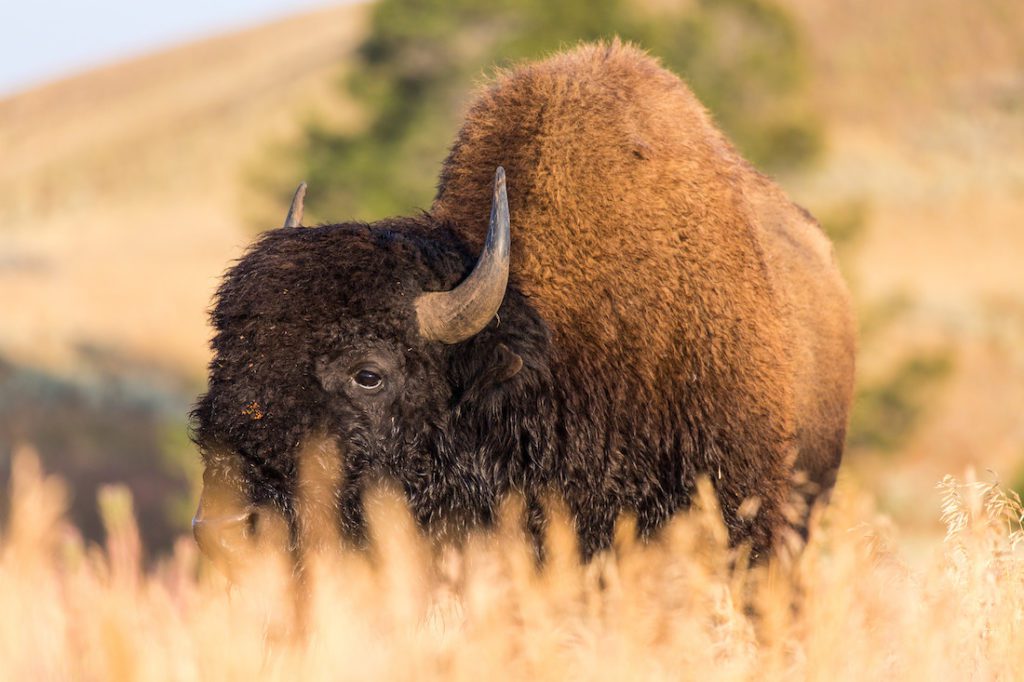
There’s a lot for us to think about. I get the question all the time about parkwide visitation caps and reservations. There’ll be a point in time where that’s going to be needed. It’s not now. But I’ve also promised every gateway community and all the states that that will be a conversation that evolves using the right information and data. It’s not going to be some unilateral action the park service takes and just says, ‘surprise.’
And so it’s important for us to be prepared, and our strategy here is to start micro-geographically, implement things that make sense where we’re having major problems right now, while at the same time thinking about the longer-term kind of strategic ‘Where are we going to be in 10 years or 20 years?’ type of thing.
WF: Any final takeaways?
CS: It’s a really symbolic and important moment. And I think it’s a great time for reflection on the successes and some mistakes in the past, a great time to re-energize and re-acknowledge the tribal relations and then it’s, probably most importantly, the best time to focus on the future together.
This interview was first published at WyoFile.

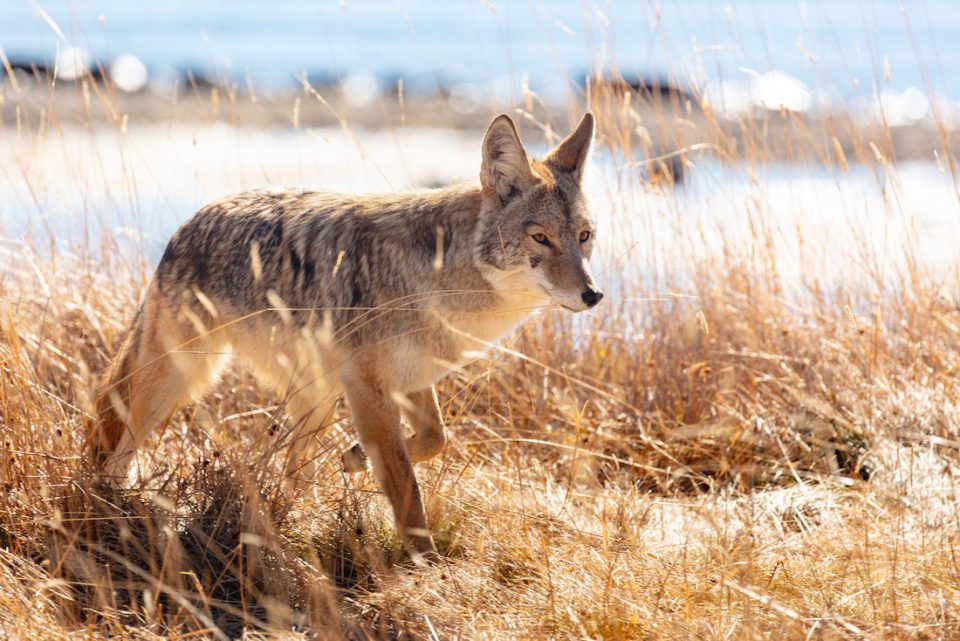
2 comments
Its superb as your other articles : D, regards for putting up. “Love is like an hourglass, with the heart filling up as the brain empties.” by Jules Renard.
Some times its a pain in the ass to read what people wrote but this internet site is real user pleasant! .